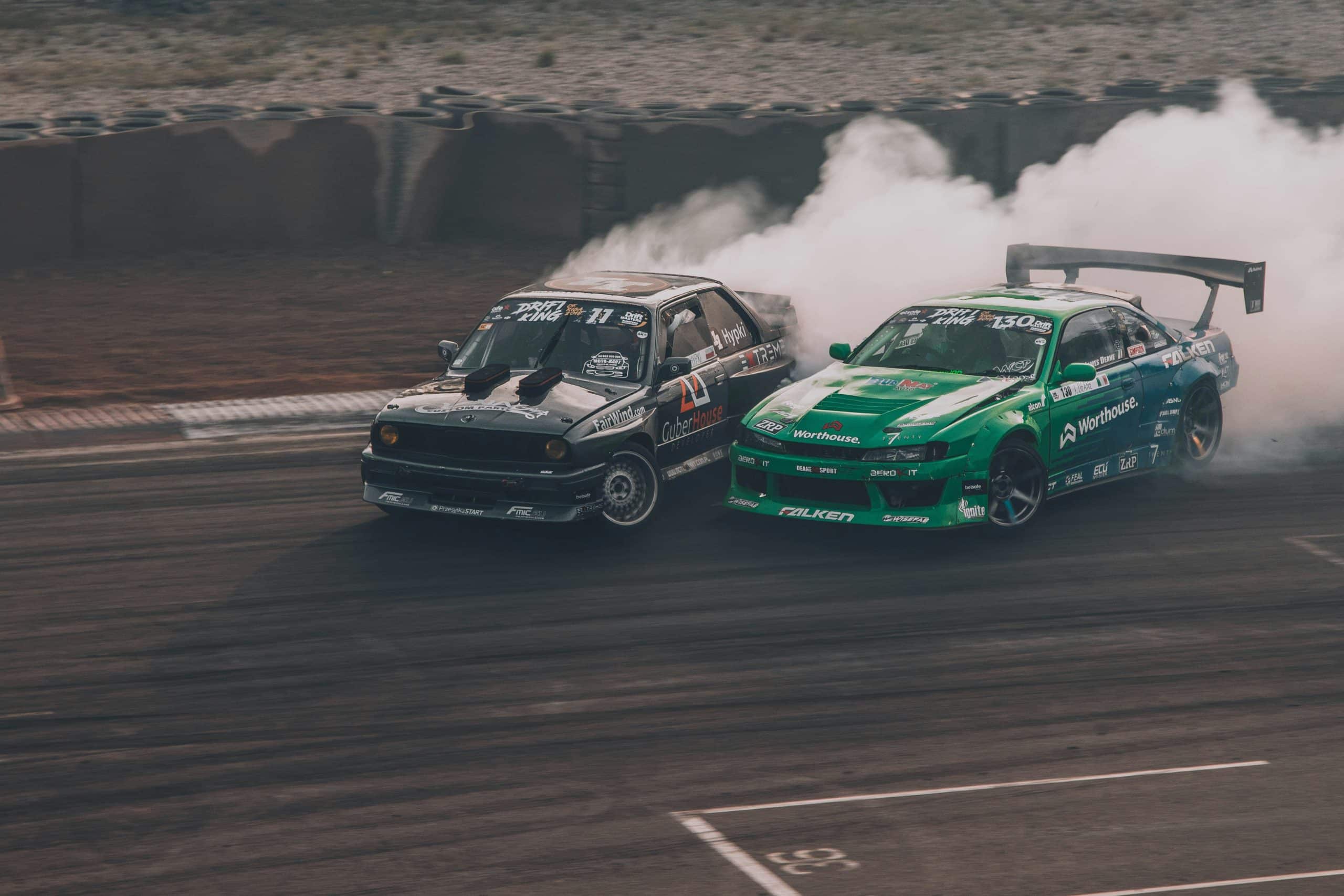Roll cages are an essential part of any racing vehicle. They not only protect the driver in a crash, but they also provide structural support for the vehicle. When it comes to fabricating a roll cage, it’s not a one-size-fits-all job; it requires a carefully considered design and precise execution. The materials used, the type of welding, the design, and the construction all play an integral part in a good roll cage.
Factors to Consider When Choosing Materials
When fabricating a roll cage, the material you choose will have a significant impact on the overall strength and safety of the structure. Most commonly, steel and mild steel are used in the fabrication of roll cages.
En parallèle : How to Optimize Your Vehicle’s Handling with Performance Alignment Settings?
Steel
Steel is a robust and durable material, making it ideal for roll cage fabrication. It has excellent strength-to-weight ratio, which is crucial in a racing scenario where every extra pound counts. Steel is also resistant to impact and can withstand the high levels of stress experienced during a race.
Mild Steel
Mild steel is another popular choice for roll cage fabrication. It is cost-effective, easy to work with, and offers good strength and ductility, which is the ability to deform under stress without breaking. However, mild steel doesn’t have the same level of impact resistance as other types of steel, so it may not be the best choice for high-speed racing.
Dans le meme genre : What’s the Impact of a High-Volume Oil Pump on Engine Lubrication and Performance?
Importance of Design in Roll Cage Fabrication
When it comes to designing a roll cage, several factors need to be considered. A good design will optimize the roll cage’s performance and ensure the driver’s safety.
Safety
The primary purpose of a roll cage is to protect the driver in case of an accident. Therefore, the cage’s design should be robust enough to withstand high-impact crashes without deforming. The bars should be arranged in such a way that they distribute the force of impact evenly across the cage, preventing it from collapsing on the driver.
Weight Distribution
The weight of the roll cage can considerably affect the car’s performance. A well-designed cage should not only be lightweight but also evenly distributed throughout the car. Poor weight distribution can lead to handling issues, which can affect the car’s performance and safety.
Welding Techniques for Roll Cage Fabrication
Welding is a critical part of roll cage fabrication. The type of welding used can significantly affect the strength, durability, and safety of the roll cage.
MIG Welding
Metal Inert Gas (MIG) welding is a common method used in roll cage fabrication. MIG welding is fast, cost-effective, and ideal for joining thicker sections of tubing.
TIG Welding
Tungsten Inert Gas (TIG) welding is another method used in roll cage fabrication. TIG welding provides a more precise and cleaner weld compared to MIG welding. However, it is a slower process and requires a highly skilled welder.
The Role of Tubing in Roll Cage Fabrication
The tubes used in fabricating a roll cage play a significant role in the structure’s overall performance and safety. The size, thickness, and type of tubing used can all affect the roll cage’s strength and weight.
Size and Thickness
The tube’s size and wall thickness can significantly affect the roll cage’s strength and weight. Larger, thicker tubes offer more strength but also add more weight to the vehicle. On the other hand, smaller, thinner tubes are lighter but may not provide adequate strength in a high-impact crash.
Type of Tubing
The type of tubing used can also affect the roll cage’s performance. Seamless tubing is often preferred because of its superior strength and durability. However, welded tubing may be used in non-critical areas to save weight and cost.
Your understanding of the importance of roll cage fabrication in terms of materials, design, welding techniques, and tubing selection is vital for both your safety and performance in motorsport. Keep all these factors in mind as you set out to customise your own roll cage for your car. Remember that the ultimate goal is to ensure safety while maximising your vehicle’s performance.
Custom Roll Cage Kits and Pre-Bent Options
The market today offers a wide range of roll cage kits and pre-bent options that cater to various race cars and motorsport needs. While these kits offer a convenient and time-saving solution, they may not always provide the level of customization and precision that a race car requires.
Option of Custom Roll Cage Kits
Custom roll cage kits are designed according to the specific measurements and requirements of your vehicle. They provide a high level of customization and allow you to make modifications according to the specific needs of your race car. For example, you can choose the type of tubing, the cage design, the size, and the thickness according to your preferences and the safety requirements of your sport.
The main advantage of custom roll cage kits is their adaptability. Since the design is built to suit your specific vehicle model, the likelihood of weight misalignment or poor fitting is significantly reduced. This level of customization allows for accurate weight distribution, enhancing the performance of your vehicle and ensuring your safety.
Pre-Bent Roll Bar Option
On the other hand, pre-bent roll bars offer a quick and efficient solution for those who need a roll cage urgently. These roll bars are pre-shaped and designed to fit a general range of vehicle models. While pre-bent roll bars can save time and effort, they may not provide the same level of customization as custom roll cage kits.
Pre-bent roll bars are usually made from high-quality mild steel or other durable materials. However, since they are not built specifically for your vehicle, there could be potential issues with the fit, weight distribution, and overall efficiency of the roll bar.
Building a Roll Cage: The Process and Safety Considerations
Building a roll cage for your race car is not just about selecting the right materials and design. It also involves an intricate process of measuring, cutting, bending, and welding the tubes to construct a robust and safe structure.
Building Process
The building process begins with taking precise measurements of the vehicle’s interior. This is crucial to ensure the roll cage fits perfectly inside the car, without obstructing the driver’s view or movement.
The tubing is then cut and bent according to the cage design. This is a critical step that requires precision and skill, as any inaccuracies could affect the overall fit and effectiveness of the roll cage.
The cut and bent tubes are then welded together to form the roll cage structure. Commonly, MIG or TIG welding techniques are used, depending on the requirements of the roll cage.
Safety Considerations
Safety is the most crucial aspect to consider when building a roll cage. The roll cage design must ensure the driver’s safety in the event of an accident. The main hoop, for example, is a critical part of the cage design that provides protection to the driver.
In addition, the choice of materials and welding techniques can significantly influence the roll cage’s safety. For instance, using mild steel or other durable materials and employing precise welding techniques can enhance the roll cage’s strength and durability, making it more resistant to impact.
Conclusion
In conclusion, the process of custom fabricating a roll cage involves several important considerations. From choosing the right materials and design to selecting the appropriate welding techniques and understanding the role of tubing, each step plays a crucial role in determining the safety and performance of the roll cage. Whether you opt for a custom roll cage kit or a pre-bent roll bar, remember that the ultimate goal is to ensure safety while maximizing your vehicle’s performance. Always aim for a roll cage that offers a robust structure, optimal weight distribution, and excellent impact resistance. Remember, in motorsport, safety should never be compromised for speed.











